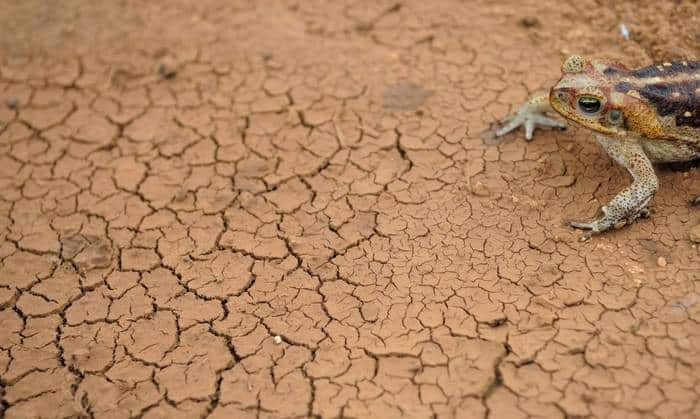
If greenhouse gas emissions remain at current levels, the average temperature in South America could rise by as much as 4 °C between now and the end of the century under a worst-case scenario, making extreme weather events such as droughts, floods and wildfires more frequent and intense in the region.
The prediction comes from a study by an international group of scientists, including Brazilian researchers. The study was supported by São Paulo Research Foundation – FAPESP via a Thematic Project linked to the National Institute of Science and Technology for Climate Change in Brazil. Its findings are reported in an article published in the journal Earth Systems and Environment.
“South America and Brazil in particular are already showing signs of climate change, including a rise in surface temperatures, changing rainfall patterns, melting of glaciers in the Andes, and more frequent and intense extreme weather events. These variations in the characteristics of the climate are forerunners of what will happen in the decades ahead if the unprecedented rise in greenhouse gas emissions continues,” Lincoln Muniz Alves, a co-author of the article, told. Alves is a researcher at Brazil’s National Space Research Institute (INPE).
The researchers arrived at the projections by analyzing the performance of 38 Global Climate Models (GCMs) from the Coupled Model Intercomparison Project Phase 6 (CMIP6) of the Intergovernmental Panel Climate Change (IPCC). This set of GCMs will lay the groundwork for the production of IPCC’s Sixth Assessment Report (AR6), which consists of three Working Group assessments and a Synthesis Report. With release date scheduled for August 9, the Working Group I’s contribution will focus on the physical science of climate change.
They analyzed the performance of the GCMs in terms of their capacity to simulate the projected changes in temperature and precipitation in South America in the mid-century future (2040-2059) and late-century future (2080-2099), compared to historical observations in the period 1995-2014, and for several scenarios regarding greenhouse gas emissions, land use and policy decisions.
Besides the analysis of the entire continent, they divided South America into seven sub-regions for a more detailed analysis of regional climates. For each sub-region, they considered comparative analyses of the scenarios in terms of the GCMs and two time slices (mid- and late-century future) to evaluate model biases and sensitivity, and the distribution of simulated monthly total precipitation and temperature changes in space and time.
The results showed that the new GCMs successfully captured the main climate characteristics across South America and that their projections are generally consistent with those produced by the models used for previous IPCC reports, such as AR5 (2014) and AR3 (2001).
“The projections based on the new Global Climate Models show, depending on the scenario, that southern Amazonia, for example, will have a more intense dry season,” Alves said.
The projections also included an increase in precipitation across most of the continent, with some exceptions in the center and south of Chile and north of South America, including most of Amazonia. However, they also pointed to an increase in the intra-annual seasonality and distribution of rainfall due to a reduction in the contribution of wet months to the annual total. The changes in the pattern of precipitation across the continent will be gradual, becoming stronger later in the century as greenhouse gas emissions increase.
“The projections point to a significant drop in the relative contribution of some months to annual average rainfall. If there was 10 mm of rain previously in a certain month, the projected volume may now be half that amount,” Alves said. “This will affect agriculture and hydropower, for example, which base their planning on projected rainfall.”
Less uncertainty
The new generation of climate models can estimate the impact of climate change in South America more accurately because more elements of the weather system are taken into account, Alves added. The climate varies significantly from north to south and from west to east, owing to the wide range of latitudes and topographies, making the representation of the continent a challenge for model designers.
“The new generation of climate models has enabled us to quantify the uncertainties in the projections for certain regions of the continent,” he said.
from ScienceBlog.com https://ift.tt/3f5amw6


No comments:
Post a Comment